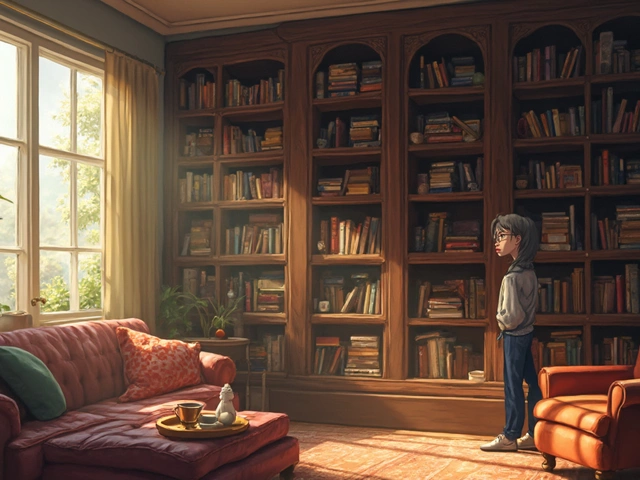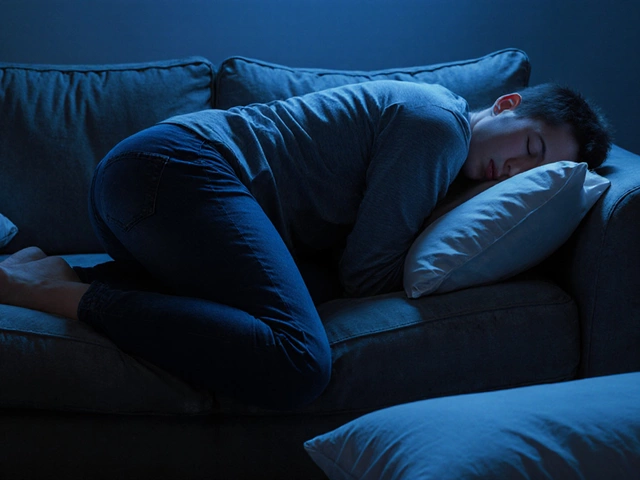Furniture Names: Common Types and What They're Really Called
When people talk about furniture names, the physical items used to support or store things in a home or classroom. Also known as room fixtures, these pieces aren’t just decorations—they’re built for how people actually live, sit, store, and work. You might say "sofa" or "desk," but knowing the exact terms helps you find what you need, avoid mistakes, and talk clearly with designers or retailers.
Take the wardrobe, a freestanding storage unit with hanging space and shelves for clothes. It’s not a closet—that’s built into the wall. A wardrobe moves, comes in different sizes, and can be a statement piece. Then there’s the recliner chair, a seat that leans back with foot support, often used for resting or watching TV. Not all recliners are the same: some are designed for back pain, others for sleeping, and some just look good. Knowing the difference matters when you’re choosing one.
And what about the little things? Like the coffee table, a low table placed in front of a sofa, usually for drinks, books, or decor. It’s not just any side table—it’s sized and shaped to fit under a sofa without blocking movement. In classrooms, you’ll find ergonomic chair, a seat designed to support posture during long periods of sitting. These aren’t just padded seats—they have adjustable height, lumbar support, and sometimes even tilt mechanisms to keep students focused and comfortable.
These aren’t just random labels. Each name points to a specific function, design, and use case. A furniture names list isn’t about memorizing words—it’s about understanding what each piece does for you. If you’ve ever bought a "storage unit" only to find out it’s not tall enough for coats, or picked a chair that made your back hurt after an hour, you know how much detail matters.
The posts below cover real questions people have about these pieces: why wardrobes cost so much, whether sleeping in a recliner is safe, how to pick the right chair for long hours, and even what shape coffee table saves the most space. You won’t find fluff here—just clear, practical answers based on how people actually use furniture every day. Whether you’re setting up a classroom, organizing a home, or just tired of buying the wrong thing, what follows will help you make smarter choices.





